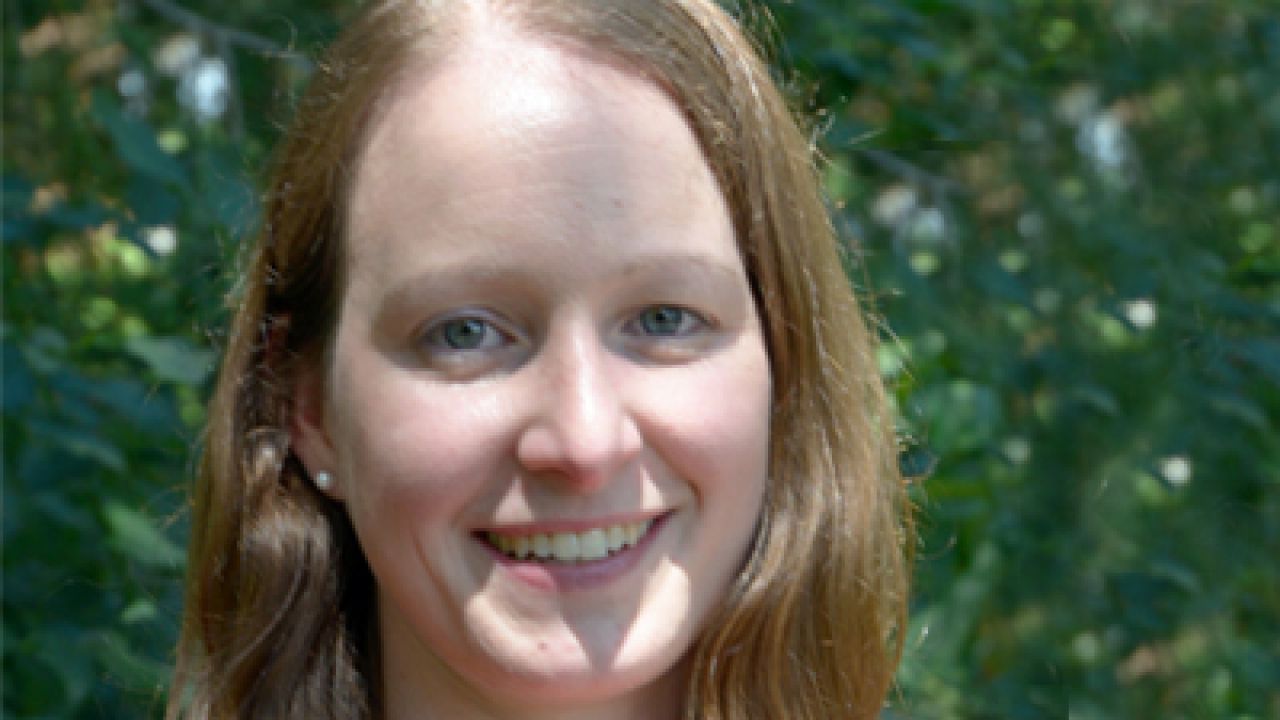May 31, 2019
Research in Progress: Revisiting the concept of stewardship in public relations

By Virginia S. Harrison, Penn State Ph.D. student
In 1961, Charles and Marie Robertson of A&P supermarkets made a landmark gift to Charles’ alma mater, Princeton University. Benefitting the Woodrow Wilson School of Public Policy and International Affairs, the gift was designated to support students training for careers in government.
However, in 2002, the Robertson heirs sued Princeton, alleging the university was no longer using the funds for their intended purpose. Princeton officials defended the use of funds for construction or other projects as using the funds wisely for the future of the school.
What happened to cause this fruitful partnership to break down?
The failures of these partnerships often come down to one major factor: stewardship.
In public relations research, the current theoretical understanding of stewardship explains how donors and organizations work to find the best mutual fit between donor intent and organizational mission. Measurement of this concept focuses on four communication strategies (reciprocity, reporting, responsibility, and relationship nurturing) practiced by organizations.
Research has shown that these four stewardship strategies lead to positive relationship outcomes and future donor intentions. Yet, recent work has suggested that reciprocity is comprised of regard and recognition or that respect may be a new factor. Given that few researchers have critically examined stewardship in public relations, our understanding of stewardship and its components is still in its infancy. Perhaps these measures don’t fully capture the complexity of negotiation between donors and organizations.
While the fundraising industry recognizes the importance of stewardship, practices vary and donor relationships break down. I witnessed this lack of knowledge firsthand working in the field. For example, what happens if a loyal donor doesn’t want to increase a gift that is no longer meeting goals? What is the organization’s responsibility toward its mission in the face of conflicting donor demands? How can donors be sure that organizations will stay true to their missions as they grow and succeed? What legal or regulatory constraints put limitations on donor wishes, and how are these managed? Measurement currently does not reflect these practical realities.
Incorporating perspectives like contingency theory and looking beyond public relations to other disciplines may help provide answers to these questions. While reciprocity, reporting, responsibility, and relationship nurturing may still play a role, perhaps they are not enough to ensure a long-term mutually successful relationship. If they were, every organization-donor relationship would be perfect.
My study will start to unpack this question by interviewing both major and annual donors about their positive and negative experiences with giving to nonprofit organizations. The goal is to find donors in a variety of nonprofit sectors and at different giving stages to understand how stewardship functions across the board. Ultimately, this information will help me develop survey measures for stewardship so that organizations—and society—can better understand its qualities and better predict its outcomes.
Having a better understanding of how stewardship works may help prevent situations like the unfortunate Robertson family lawsuit from happening again.
